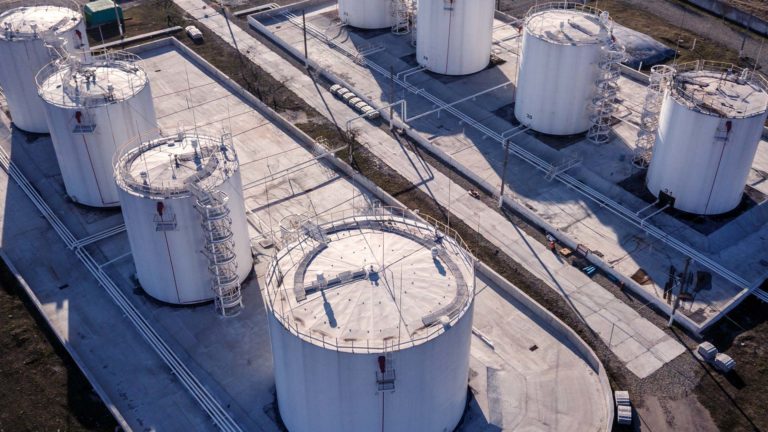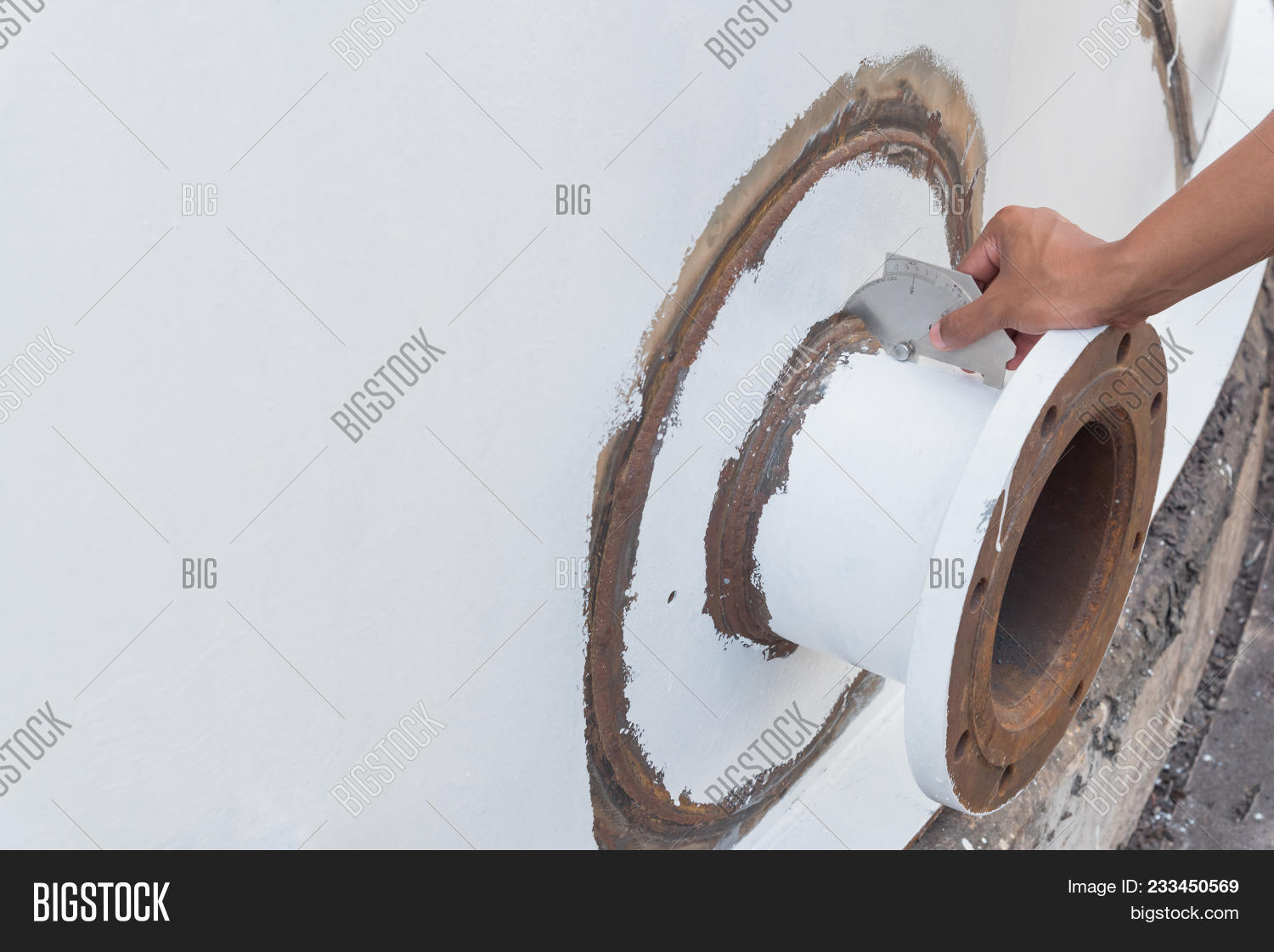How Tank Welding Inspection Avoids Future Structural Failings
How Tank Welding Inspection Avoids Future Structural Failings
Blog Article
A Detailed Review of Container Welding Assessment Standards and Methodologies for Improved Weld High Quality and Performance
The significance of welding assessment requirements in the manufacturing of storage tanks can not be overemphasized, as they offer as the foundation for making certain weld integrity and operational dependability. Numerous assessment strategies, including visual evaluations and progressed non-destructive testing approaches, are essential in recognizing potential imperfections that can compromise performance.
Importance of Welding Examination Requirements

Welding assessment criteria encompass an array of criteria, including product requirements, welding treatments, and certifications of personnel associated with the welding procedure. By imposing these requirements, organizations can methodically determine and remedy possible flaws, consequently decreasing the likelihood of pricey fixings or disastrous failings. Moreover, strenuous examination methods foster a culture of responsibility and accuracy, motivating welders to preserve high degrees of workmanship.

Typical Welding Assessment Techniques


Ultrasonic Evaluating (UT) is an additional prevalent technique, utilizing high-frequency audio waves to identify internal defects that may not show up externally. This technique is particularly reliable for recognizing spaces or incorporations within the weld metal. Magnetic Bit Checking (MT) is also extensively used, particularly for ferromagnetic products, as it reveals surface and near-surface issues with the application of electromagnetic fields and ferrous fragments.
In Addition, Fluid Penetrant Screening (PT) detects surface-breaking flaws by applying a penetrant to the weld and after that utilizing a designer to draw out the penetrant. Each of these techniques adds to a comprehensive inspection method, ensuring that welds fulfill the rigid quality criteria called for in tank building.
Regulatory Standards and Conformity
Governing requirements and compliance are important components in making sure the safety and security and dependability of bonded frameworks in tank building - Tank Welding Inspection. These standards offer to establish minimum requirements for material properties, welding treatments, and examination techniques, consequently decreasing the danger of structural failings and boosting overall performance
Key companies, such as the American Culture of Mechanical Designers (ASME) and why not find out more the American Welding Culture (AWS), give standards that are extensively adopted in the market. Compliance with these criteria not just ensures adherence to ideal practices however also satisfies legal and legal obligations, guarding the interests of stakeholders.
Regulatory bodies often mandate adherence to particular codes, such as ASME Code Area IX for welding qualifications and API 650 for welded tanks. These codes lay out needs for welding strategies, certifications of workers, and testing approaches to read the full info here validate weld honesty.
Routine audits and evaluations are critical to preserving compliance, as they aid identify deviations from established criteria. Non-compliance can result in significant penalties, task delays, and safety and security dangers. Hence, a durable understanding of regulatory standards and a dedication to compliance are extremely important in achieving high-quality and durable welded tank frameworks.
Non-Destructive Examining Approaches
Exactly how can the integrity of welded structures be guaranteed without causing damages? Non-destructive testing (NDT) approaches supply a durable remedy, making it possible for inspectors to assess weld top quality without jeopardizing the material - Tank Welding Inspection. Amongst one of the most usual NDT techniques are ultrasonic testing (UT), radiographic testing (RT), magnetic bit testing (MT), and dye penetrant screening (PT)
Ultrasonic screening employs high-frequency sound waves to discover interior defects and identify product residential properties. It provides specific dimensions and is especially effective for thick materials. Radiographic testing includes passing X-rays or gamma rays with the weld, developing images that expose structural flaws such as fractures or spaces. This approach is invaluable for examining the honesty of complex welds.
Magnetic bit testing is suited for ferromagnetic products, where magnetic fields expose surface area and near-surface gaps. Color penetrant screening makes use of a liquid color to highlight surface-breaking problems, making it an efficient method for non-porous products.
Each of these NDT methods has distinct advantages, permitting comprehensive analyses tailored to details products and welding processes. By applying these strategies, markets can make sure the reliability and safety of welded frameworks, ultimately boosting general performance.
Enhancing Weld High Quality Via Inspection
Reliable evaluation plays an important duty in improving weld quality, acting as a vital checkpoint in the manufacture process. By recognizing prospective problems early, assessments reduce the risk of jeopardized structural honesty view website and make sure conformity with industry requirements. Employing a combination of visual evaluations, non-destructive testing (NDT) approaches, and mechanical analyses, examiners can discover problems such as porosity, splits, and insufficient blend.
Implementing a durable examination procedure not only boosts the total top quality of welds but also cultivates a society of liability amongst welders and producers. Normal training and accreditation of examination workers guarantee that they are outfitted with the necessary abilities to recognize and resolve potential problems properly. This positive technique decreases rework and associated expenses, eventually adding to predict effectiveness.
Moreover, detailed documents of evaluation findings offers valuable understandings right into persisting concerns, assisting in constant improvement in welding techniques. By leveraging advanced modern technologies, such as automated ultrasonic testing or electronic radiography, weld top quality can be enhanced via a lot more specific evaluations. In conclusion, an extensive assessment process is important in achieving high-quality welds, making certain safety, integrity, and longevity in storage tank fabrication.
Conclusion
In final thought, the application of strenuous container welding evaluation criteria and methods is crucial for making certain weld integrity and efficiency. By using a mix of aesthetic inspections, non-destructive testing techniques, and adherence to governing standards, organizations can effectively determine and mitigate potential problems.
Report this page